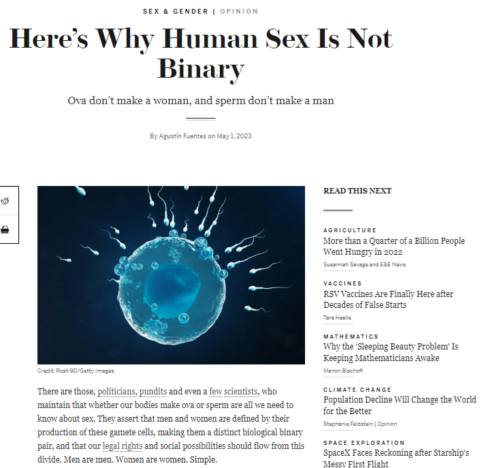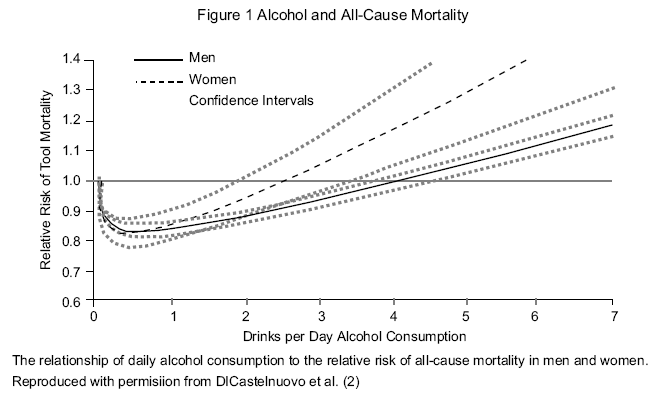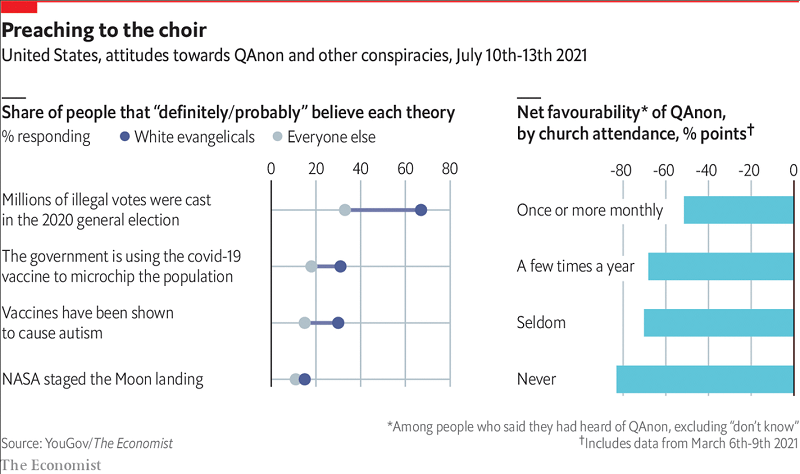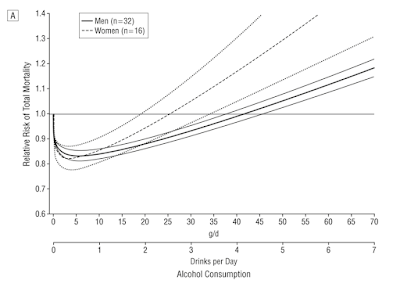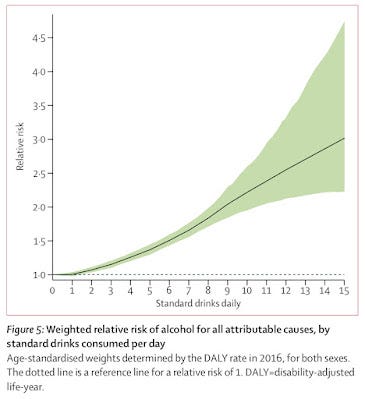 For this week’s musing, I want to discuss in a fairly brief way, my views of “megahistory” or “cliodynamics” – questions about which tend to come up a fair bit in the comments – and also Isaac Asimov, after a fashion. Fundamentally, the promise of these sorts of approaches is to apply the same kind of mathematical modeling in use in many of the STEM fields to history with the promise of uncovering clear rules or “laws” in the noise of history. It is no accident that the fellow who coined the term “cliodynamics”, Peter Turchin, has his training not in history or political science but in zoology; he is trying to apply the sort of population modeling methods he pioneered on Mexican Bean Beetles to human populations. One could also put Steven Pinker, trained as a psychologist, and his Better Angels in this category as well and long time readers will know how frequently I recommend that folks read Azar Gat, War in Human Civilization instead of The Better Angels of our Nature.1
For this week’s musing, I want to discuss in a fairly brief way, my views of “megahistory” or “cliodynamics” – questions about which tend to come up a fair bit in the comments – and also Isaac Asimov, after a fashion. Fundamentally, the promise of these sorts of approaches is to apply the same kind of mathematical modeling in use in many of the STEM fields to history with the promise of uncovering clear rules or “laws” in the noise of history. It is no accident that the fellow who coined the term “cliodynamics”, Peter Turchin, has his training not in history or political science but in zoology; he is trying to apply the sort of population modeling methods he pioneered on Mexican Bean Beetles to human populations. One could also put Steven Pinker, trained as a psychologist, and his Better Angels in this category as well and long time readers will know how frequently I recommend that folks read Azar Gat, War in Human Civilization instead of The Better Angels of our Nature.1
Attentive readers will have already sensed that I have issues with these kinds of arguments; indeed, for all of my occasional frustrations with political science literature (much of which is perfectly fine, but it seems a frequent and honestly overall positive dynamic that historians tend to be highly critical of political scientists) I consider “cliodynamics” to generally take the worst parts of data-driven political science methodologies to apotheosis while discarding most of the virtues of data-driven poli-sci work.
As would any good historian, I have a host of nitpicks, but my objection to the idea of “cliodynamics” has to do with the way that it proposes to tear away the context of the historical data. I think it is worth noting at the outset the claim actually being made here because there is often a bit of motte-and-bailey that goes on, where these sorts of megahistories make extremely confident and very expansive claims and then when challenged is to retreat back to much more restricted claims but Turchin in particular is explicit in Secular Cycles (2009) that “a basic premise of our study is that historical societies can be studied with the same methods physicists and biologists used to study natural systems” in the pursuit of discovering “general laws” of history.
Fundamentally, the approach is set on the premise that the solution to the fact that the details of society are both so complex (imagine charting out the daily schedules of every person one earth for even a single day) and typically so poorly attested is to aggregate all of that data to generate general rules which could cover any population over a long enough period. To my mind, there are two major problems here: predictability and evidence. Let’s start with predictability.
And that’s where we get to Isaac Asimov, because this is essentially also how the “psychohistory” of the Foundation series functions (or, for the Star Trek fans, how the predictions in the DS9 episode “Statistical Probabilities“, itself an homage to the Foundation series, function). The explicit analogy offered is that of the laws that govern gasses: while no particular molecule of a gas can modeled with precision, the entire body of gas can be modeled accurately. Statistical probability over a sufficiently large sample means that the individual behaviors of the individual gas molecules combine in the aggregate to form a predictable whole; the randomness of each molecule “comes out in the wash” when combined with the randomness of the rest.2
I should note that Turchin rejects comparisons to Asimov’s psychohistory (but also embraced the comparison back in 2013), but they are broadly embraced by his boosters. Moreover, Turchin’s claim at the end of that blog post that “prediction is overrated” is honestly a bit bizarre given how quick he is when talking with journalists to use his models to make predictions; Turchin has expressed some frustration with the tone of Graeme Wood’s piece on him, but “We are almost guaranteed” is a direct quote that hasn’t yet been removed and I can speak from experience: The Atlantic‘s fact-checking on such things is very vigorous. So I am going to assume those words escaped the barrier of his teeth and also I am going to suggest here that “We are almost guaranteed” is, in fact, a prediction and a fairly confident one at that.
The problem with applying something like the ideal gas law – or something like the population dynamics of beetles – to human societies is fundamentally interchangeability. Statistical models like these have to treat individual components (beetles, molecules) the way economists treat commodities: part of a larger group where the group has qualities, but the individuals merely function to increase the group size by 1. Raw metals are a classic example of a commodity used this way: add one ton of copper to five hundred tons of copper and you have 501 tons of copper; all of the copper is functionally interchangeable. But of course any economist worth their pencil-lead will be quick to remind you that not all goods are commodities. One unit of “car” is not the same as the next. We can go further, one unit of “Honda Civic” is not the same as the next. Heck, one unit of 2012 Silver Honda Civic LX with 83,513 miles driven on it is not the same as the next even if they are located in the same town and owned by the same person; they may well have wildly different maintenance and accident histories, for instance, which will impact performance and reliability.
Humans have this Honda Civic problem (that is, they are not commodities) but massively more so. Now of course these theories do not formally posit that all, say, human elites are the same, merely that the differences between humans of a given grouping (social status, ethnic group, what have you) “come out in the wash” at large scales with long time horizons. Except of course they don’t and it isn’t even terribly hard to think of good examples.
1 Yes, I am aware that Gat was consulted for Better Angels and blurbed the book. This doesn’t change my opinion of the two books. my issue is fundamentally evidentiary: War is built on concrete, while Better Angels is built on sand when it comes to the data they propose to use. As we’ll see, that’s a frequent issue.
2 Of course the predictions in the Foundation series are not quite flawlessly perfect. They fail in two cases I can think of: the emergence of a singular exceptional individual with psychic powers (the Mule) and situations in which the subjects of the predictions become aware of them. That said Seldon is able to predict things with preposterous accuracy, such that he is able to set up a series of obstacles for a society he knows they will overcome. The main problem is that these challenges frequently involve conflict or competition with other humans; Seldon is at leisure to assume such conflicts are predictable, which is to say they lack Clausewitzian (drink!) friction. But all conflicts have friction; competition between peers is always unpredictable.
Bret Devereaux, “Fireside Friday: October 15, 2021”, A Collection of Unmitigated Pedantry, 2021-10-15.

.


